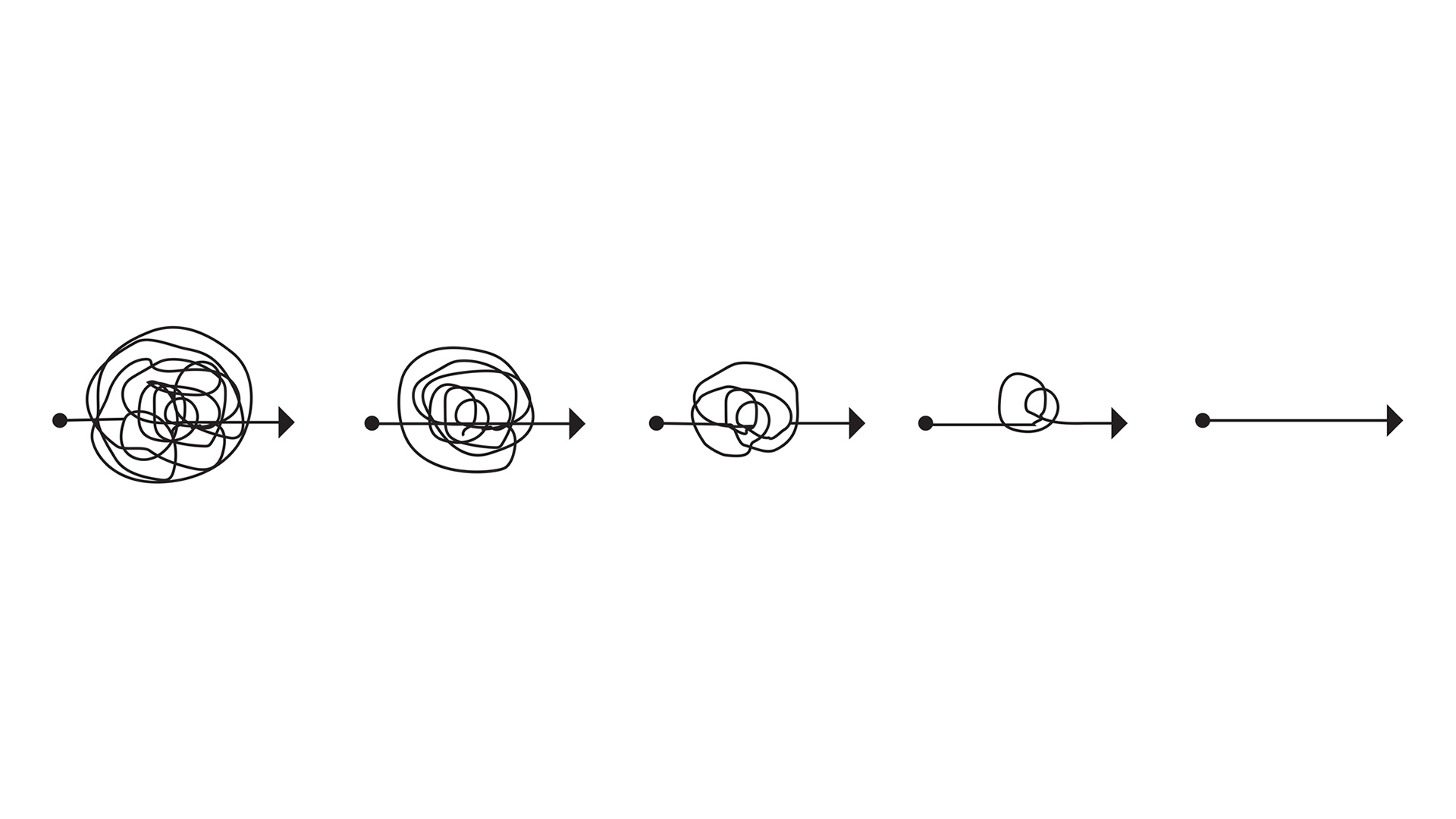From Duct Tape to Digital Health: Empowering Families with Secure Health Technology
In 2015, I put a countdown timer on my phone for January 1, 2026. This is when the first Baby Boomer turns 80. I thought this was when all the duct tape, string, and glue nurses use to keep healthcare functional would begin to fall apart.
Jean Ross, MHA, BSN, RN
I left critical care in 2016 to start a business coordinating home and healthcare for 80+ year-olds. My first few families taught me how necessary pulling together the correct health information was to coordinate the best care. Over time, I created a health history summary via claims data, medication bottles, patient portals, and interviewing the family. Then, I would maintain this summary by visiting older adults at home, in the hospital, and attending their medical appointments. As families and doctors spoke to the value of what I shared with them, I dreamed of hiring retiring nurses to support our aging communities. However, 2020 happened and we all felt the duct tape, string, and glue holding our healthcare system disintegrate.
For me, like so many nurses, the impact of 2020 changed the direction I was going. I had to reflect on what I was doing as a nurse and find a new way to deliver my value. I began to focus on how I could use secure technology to help families know how to collect, organize, and share their health stories. In the world of startups, I learned this is called a pivot.
My pivot was lucky to happen when the 21st Century Cures Act began to impact health information. The Office of the National Coordinator for Health Information Technology (ONC) was tasked with ensuring patients have “access to health information in a convenient form.” For the first time since electronic health records (EHRs) began, a law would change the technical language and depth of data patients could access. More importantly, the Cures Act provided recourse for patients and family caregivers when blocking their health information caused harm.
As a nurse, I had lived firsthand the harms and the value of correcting those harms for families. I learned that a lack of engagement in health often results from not giving the right family member timely access to information. When I shared with my neighbor, Jim McIntosh, the problems I was seeing as a nurse, he helped me validate my observations using his 25 years of experience in the technology industry. We talked to over 100 families, nurses, doctors, health information experts, and community organizations. We learned the problems were not unique to the aging population. Together, we co-founded Primary Record.
I want you to pause and put yourself in a doctor’s office or emergency room. When you need to share your medications, last vaccination, labs, or imaging, what do you use to share this information? Now, picture answering on behalf of a medically complex family member. How will you help answer these questions to ensure the right information is given, and the right care is timely? How would you help them pull their health story together and keep it up to date? Families today are using a paper binder.
When Jim and I started Primary Record, we learned from families why they create a binder, what they put into their binder, and how they organize their health information to share. As we built the mobile application for 2023, we soon realized our partnership with 1upHealth could help families sooner. Today, a patient or their family member can use Primary Record to download a health summary in seconds from all the health information an EHR has stored about conditions, medications, and visits. In 2023, they will have an additional option to organize and share this information in their family’s Primary Record application. From their mobile phone, they can take notes, add additional health information, and upload documents in one secure place.
While I co-founded Primary Record, I know this innovation will only accelerate if nurses share their stories and partner with families to advocate for change. The cost of updating our health information infrastructure has led many industry and provider associations to request delays. However, when families do not come with their health information organized, nurses are the ones to call, fax, and review records to ensure safe, appropriate care. This is why nurses will be the reason for change.
If you are interested in helping your patients and families engage with their health data, here is what you can do today:
- Learn more about Primary Record
- Connect with Jean Ross, RN on LinkedIn










